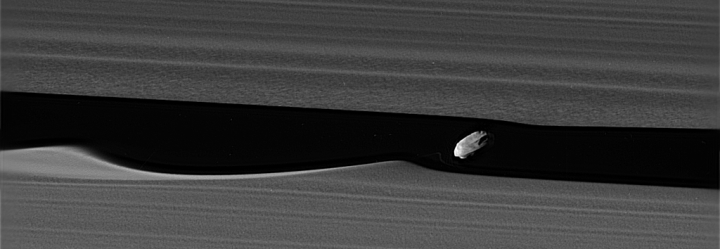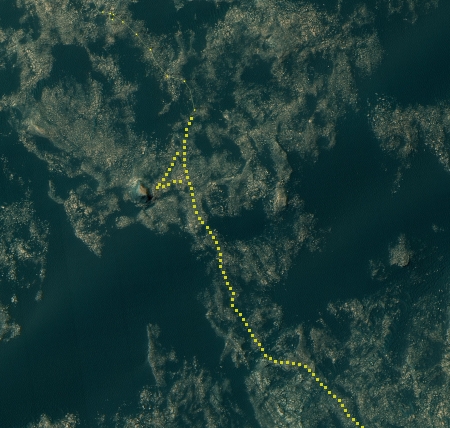India to launch spare GPS satellite because of single satellite failure
Because of the failure of the atomic clocks on one of its GPS satellites have failed, India now plans to launch one of their spare satellites to increase the system’s redundancy.
The article does not say whether they will make any changes to the clocks on the spare satellite, which are the same as the failed clocks on the Indian satellite and were all built by the same European company that built the clocks on Europe’s Galileo GPS satellites that are also failing.
Because of the failure of the atomic clocks on one of its GPS satellites have failed, India now plans to launch one of their spare satellites to increase the system’s redundancy.
The article does not say whether they will make any changes to the clocks on the spare satellite, which are the same as the failed clocks on the Indian satellite and were all built by the same European company that built the clocks on Europe’s Galileo GPS satellites that are also failing.




